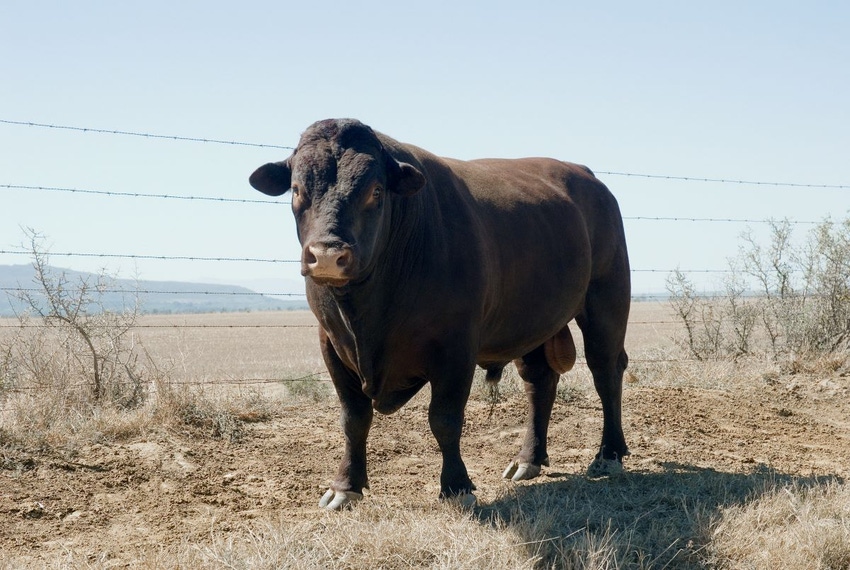May 12, 2022

It’s no secret that Iowa has some great seedstock operations. However, even bulls purchased from the most experienced breeders need your personal evaluation upon delivery and before getting turned out into the breeding pasture.
Evaluate the bull’s nutritional status and body condition. Ask the seedstock operator about the previous diet. The bulk of developing bulls are fed winter feeds in a drylot scenario prior to being delivered, and are expected to be effective breeders on pasture in a few short months. Gradually transition bulls onto a grazed forage diet.
Gradually transition bulls onto a grazed forage diet. Any nutritional changes occurring too abruptly can lead to acidosis, which can be a root cause of longevity problems with the foot and respiratory health. Additionally, acidosis can directly impact sperm quality. In fact, previous research found that even a subacute acidosis event reduced the percent normal sperm for 88 days.
When evaluating body condition, keep in mind that a successful bull must perform as an athlete. It is not uncommon for bulls to be overly conditioned for sale day, and at delivery. We really would like to see bulls at a BCS of 5 – 5.5, so some bulls need to be “let down” or “hardened up” gradually to prevent them from falling apart quickly when breeding season starts.
Excess body condition will hinder their ability to respond to physical demands, as well as lead to excess scrotal fat. Too much scrotal fat insulates the testes, reducing fertility. Some ISU data demonstrated this by showing backfat to be negatively correlated with sperm motility and sperm morphology during breeding soundness exams. On the other hand, a bull that’s too thin will struggle to produce viable sperm or to have the energy to get the job done.
Preparing bulls for the increase in physical activity required to both breed cows and consume enough calories during the breeding season also is important. House bulls in larger areas leading up to breeding season. Ideally, bulls will be grazing a spring pasture diet prior to turnout with females.
Another important step to set up new bulls for success is to introduce them early to the other bulls that will work in the same pasture. Commingling these bulls will allow them to establish dominance prior to turnout, so they get to work rather than get hurt at the beginning of the breeding season. When commingling, allow enough space for bulls to separate and recover to prevent injury.
Finally, a successful herd sire is a healthy herd sire. Work with your veterinarian to determine if and what vaccinations, dewormers, and other health products are advised. If the bull did not have a breeding soundness exam (BSE) before purchase, get one done. Even if your bull did go through a BSE, consider a second one prior to the breeding season. Most recommendations suggest an evaluation about 60 days before turnout.
Source: Iowa State University, which is solely responsible for the information provided and is wholly owned by the source. Informa Business Media and all its subsidiaries are not responsible for any of the content contained in this information asset.
You May Also Like




